Nano-gold refers to gold with the tiny particles from 1-100 nm. It has high electron density, dielectric properties and catalytic effect. It can combine with a variety of biological macromolecules without affecting its biological activity. Colloidal gold particles have a strong adsorption function for proteins, without being damaged by their biological activity, and can be non-covalently combined with proteins (staphylococcus A protein, immunoglobulin) etc., thus it’s good to form colloidal gold markers.
Brief introduction of colloidal gold immunolabeling technology
Nano colloidal gold immunolabeling technology is a new type of immunolabeling technology that uses nano colloidal gold (often called as colloidal gold for short) as a tracer marker for antigen and antibody detection. Faulk and others introduced colloidal gold into immunochemistry in 1971 to form an immunological method. Leuvering first reported the agglutination test of human chorionic gonadotropin (m CG) with colloidal gold in 1980. Subsequently, the technology has been continuously and extensively studied in various fields such as medical health, agricultural science, and biological science. Because of its simple, fast, pollution-free, and easy to judge results, the technology is rapidly researched and popularized in the fields of medical clinical inspection, food safety inspection, and animal epidemic monitoring at present. In the field of veterinary medicine, the most widely studied and applied are colloidal gold immunofiltration technology and colloidal gold immunochromatography technology.
How colloidal gold work?
Colloidal gold is negatively charged in a weak alkaline environment and can form a strong electrostatic bond with the positively charged groups of protein molecules. This combination does not affect the biological properties of the protein. The more charge on the surface of the colloidal gold nanoparticle makes it have a strong adsorption function for proteins, and can be combined with staphylococcal protein A (SPA), immunoglobulins, toxins, glycoproteins, enzymes, antibiotics, hormones, bovine serum albumin such non-covalent binding of polypeptide conjugates to form colloidal gold protein. With the help of gold nanoparticles with high electron density characteristics as markers, when the gold nanoparticles aggregate to a certain density at the reaction site of the antigen body on the solid phase carrier, visible pink spots may appear. Therefore, as a marker, colloidal gold can be used for antigen localization, quantitative and qualitative research under immunoelectron microscopy and ordinary light microscopy, and can also be used for rapid qualitative or semi-quantitative detection of antigen or antibody in in vitro immunochromatographic analysis.
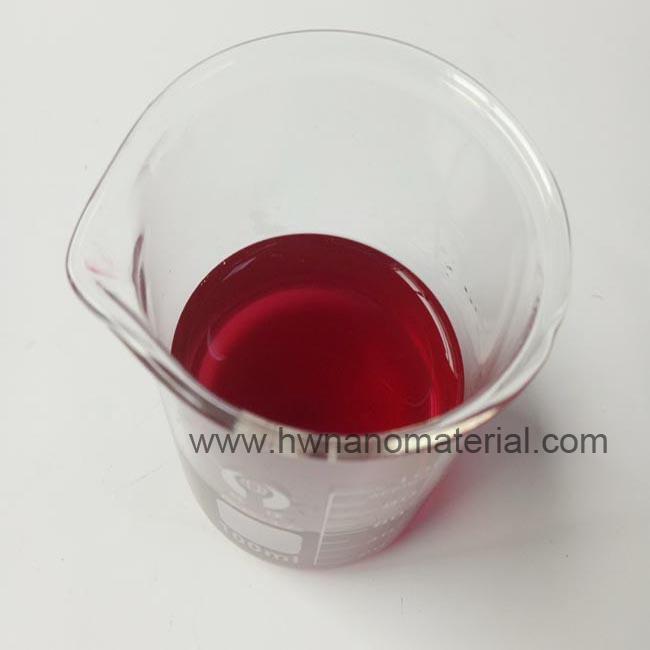
Technical advantages of colloidal gold
Immune colloidal gold technology has good stability, easy to store and transport; the experimental results can be stored for a long time; the operation is simple, fast, and the results are easy to observe and judge. The operation process is only to immerse the test strip in the sample, and the colloidal gold is used as the indicator during the reaction process. The agent itself forms the color mark after the immunoassay process. The observation and judgment of the result is only to observe whether the two red lines appear. The whole inspection process only takes 3-10 minutes. It is non-toxic to the operator. In the colloidal gold immunoassay, there are no harmful substances such as radioisotopes, o-phenylenediamine and other harmful substances that pollute the environment and cause damage to the operator; while gold and silver do not damage the body , no pollution to the environment; no equipment is required except for commercial reagents, which saves the cost of the instruments, and also simplifies the operation process, and is more suitable for field application.
With the continuous development of science and technology, the immunolabeling technology is also constantly updated, improved and rapidly developed, especially the rapid detection technology is more adaptable to modern efficient, fast rhythm and meet the requirements of society. Although the development process of colloidal gold immunoassay and other rapid measurement techniques require more investment and longer time, they own advantages of simplicity, speed, high sensitivity, strong specificity, low cost, and low sample requirements. Sensitivity of colloidal gold is consistent with the conventional instrument analysis, suitable for on-site screening. And the colloidal gold immunochromatography technology is developing in the direction of quantitative, semi-quantitative detection and multiple detection, which reflect the advantages of colloidal gold. For the advantages of rapid detection, sensitivity, and convenience of rapid detection technology, colloidal gold has wide application and development prospects in food sanitation and environmental inspection.


 English
English français
français Deutsch
Deutsch русский
русский italiano
italiano español
español português
português 日本語
日本語 한국의
한국의 Türkçe
Türkçe

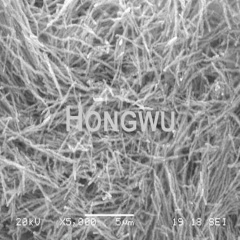
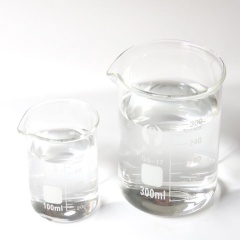
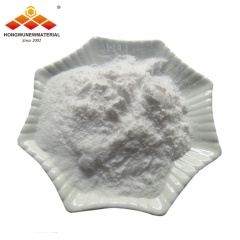
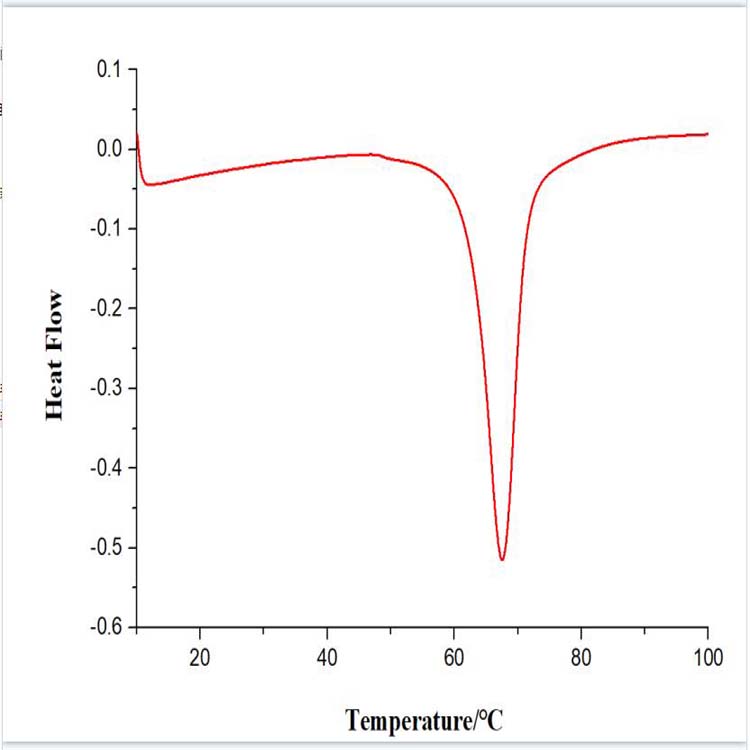












 8620-87226359,8620-87748917
8620-87226359,8620-87748917

